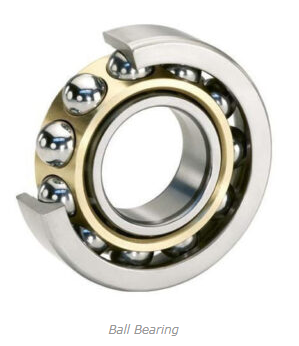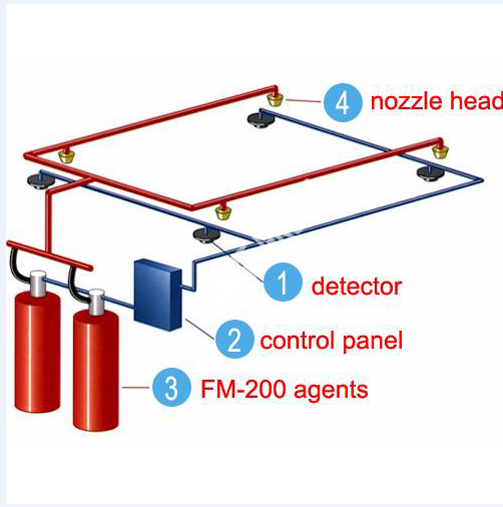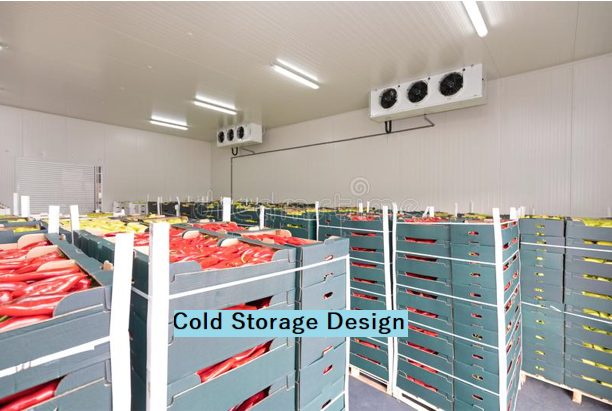Types of Bearings
Types of Bearings: The equipment in the industries is made of small-small parts. These parts are assembled to make full of working equipment. Today we will talk about one of the major small parts of such equipment. Today we will talk about Bearings.
 |
| Types of Bearings |
Introduction of Barings
Types of Bearings:The equipment in the industries is made of small-small parts. These parts are assembled to make full of working equipment.
Bearings are a very small and crucial element. Different types of bearings are available based on our requirements. It is used to restrict degrees of freedom of any part. It gives the desired direction to a given component. The simplest example is the drawer of your computer table where bearing gives linear motion to a component. Bearing eliminates direct contact of two parts and reduces friction between them. This also causes less force work or energy to remove a part. Now, let’s discuss different types of Bearing.
Types of Bearings
1- Ball Bearings
 |
| Ball Bearing |
The ball bearing is the most common type of bearing. It consists of small metal balls that are located between two metal rings which are known as Races. Balls are also kept in position using an assembly called Cage. Since sliding friction is very high compare to rolling friction ball bearing provides less energy loss. The inner Races and balls are free to rotate and the outer races is stationary. The shaft is fitted inside the inner races and the outer races is fixed to a motor.
Advantages of Ball bearings:
- Give less resistance
- Easily replaceable parts
- Less costly
- Handle high loads
- Long life
Disadvantages of Ball bearings:
- It may break due to shocks
- Little noisy
2- Roller Bearings:
 |
| Roller Bearing |
Advantages of Roller bearings:
- Low friction
- High load capacity
- Easy maintenance
Disadvantages of Roller bearings:
- Very noisy
- Costly
3- Linear Bearing
 |
| Linear Bearing |
The linear bearing contains balls or rolling elements between two races but it is used to give linear motion to any component. The simplest example of linear bearing is a Sliding door, Drawer of a cupboard, etc.
4- Jewel Bearings
 |
| Jewel Bearings |
It is used where very tiny shafts are there like in watches and meters. It is very small in size and works very preciously than other bearings. It is made from specific materials. It is shown in the figure below.
5- Plain Bearings
 |
| Plain Bearings |
It is the simplest type of bearing. It consists of a bearing surface and doesn’t contain any rolling elements. The shaft is rotating inside the bearing hole. It provides sliding friction which is greater than rolling friction. An example of it is Shaft rotating inside the bearing surface.
6- Fluid Bearings
 |
| Fluid Bearings |
These are the revolutionary type of bearings and currently replacing metal bearings. Here the fluid is subjected to the contact of two-element that reduces friction. Due to fluid pressure, two elements always stay apart and doesn’t come in contact. It provides very less noisy operation and very less vibration than any other metal bearings.
7- Magnetic Bearings
 |
| Magnetic Bearings |
Magnetic bearings use the concept of Magnetic Levitation to keep moving element in the air. It is a very popular bearing because there is no limit to the speed of the rotating element. Two types of magnetic bearings are available one is Active and the other is Passive. In Active type, we use an electric magnet which turns on as shaft moves out of position to take it back to the centre. In Passive type we use permeant or fixed magnet which is difficult to design.
Read Also Types of Lubrication System




0 Comments